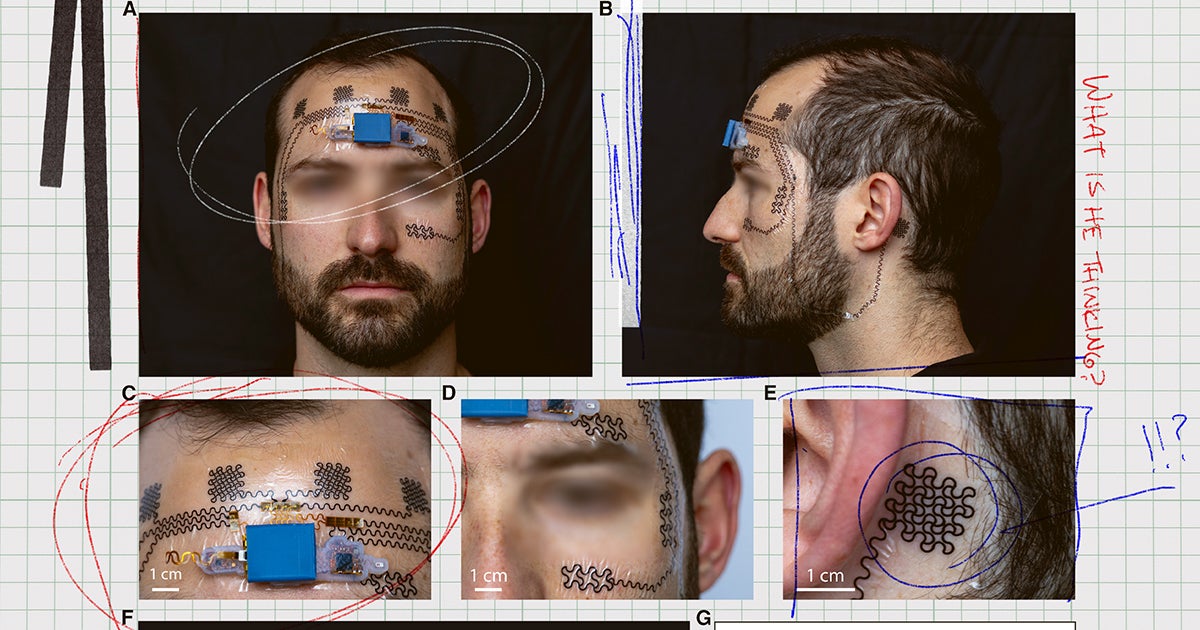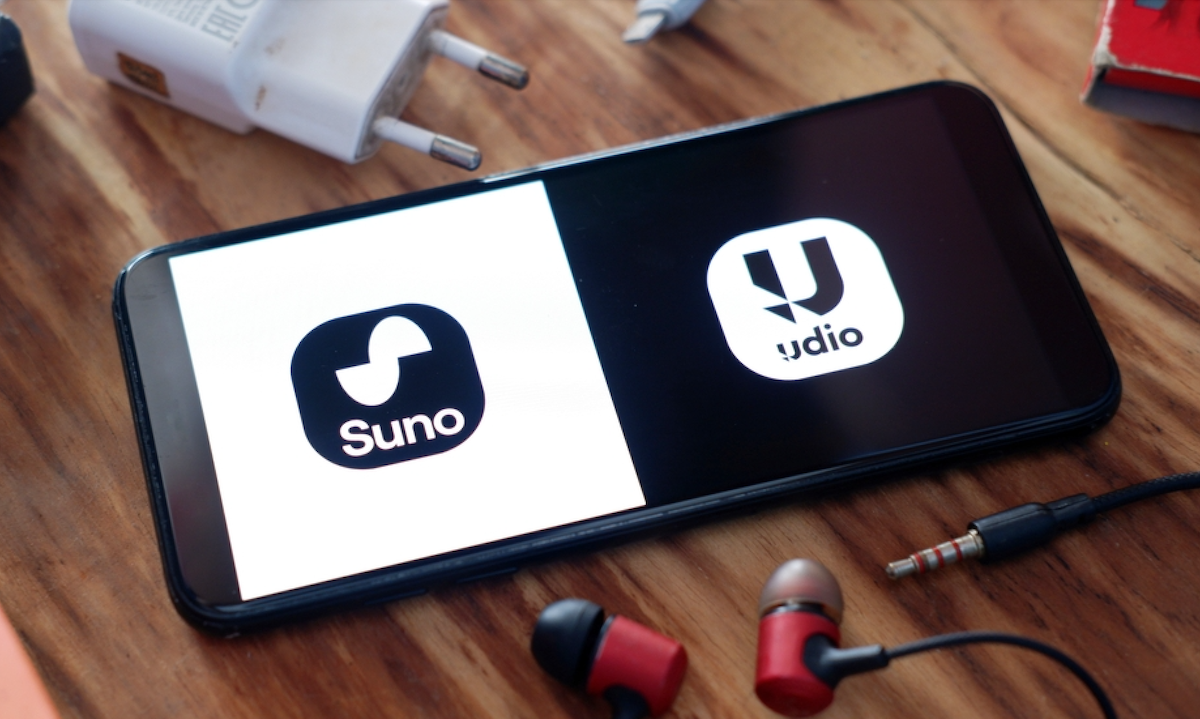
In a breakthrough combining wearable technology and neuroscience, researchers have developed a flexible, skin-mounted ‘e-tattoo’ that can detect signs of cognitive overload in real time. This innovation could pave the way for advanced brain-monitoring tools capable of helping individuals and professionals manage stress, workload, and mental fatigue more effectively.
The e-tattoo is a thin, unobtrusive electronic device that adheres to the skin, typically on the forehead, to monitor brain activity and vital signs. Using a combination of biometric sensors and advanced algorithms, it continuously collects physiological data such as electrical activity and subtle changes in skin conductance that are linked to mental effort.
According to the research team, the device can accurately recognize when a user is becoming mentally overwhelmed, a state that often leads to decreased productivity, decision fatigue, and even burnout if unmanaged. The tattoo is non-invasive, wireless, and designed for long-term wear, making it suitable for use in high-stress environments like emergency response, air traffic control, or corporate settings.
The technology builds on developments in electroencephalography (EEG) and wearable sensors, integrating machine learning models to interpret complex signals from the brain in a simple and actionable way. When the system detects signs of cognitive strain, it can alert the user—or a connected support system—prompting them to take a break or adjust their workload.
Experts believe that such innovations could be instrumental in mental health and well-being initiatives, especially as remote work and digital demands continue to challenge traditional notions of workplace mental resilience.
Though still in the experimental stage, the e-tattoo represents a growing trend toward personalized health tech and real-time brain-computer interfaces that prioritize user welfare alongside productivity. Further studies are underway to validate its performance across diverse populations and to explore additional applications, including neurofeedback and cognitive training.
Source: https:// – Courtesy of the original publisher.








